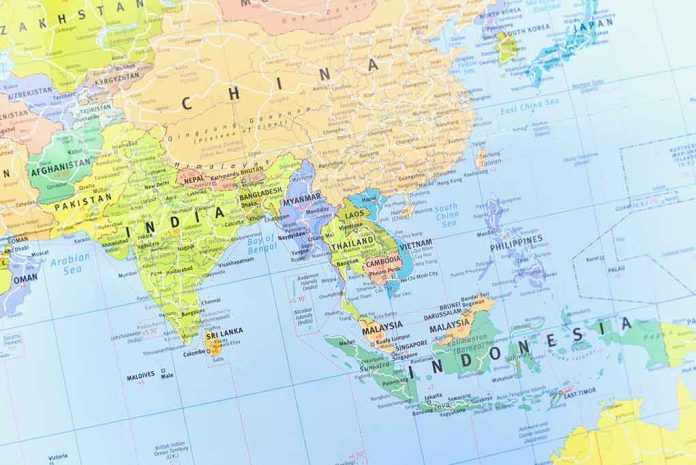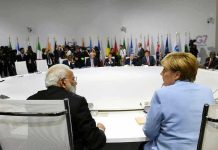
Taliban leader Sher Abbas Stanikzai’s defection to the UAE unveils growing dissent within the group over its ban on girls’ education.
Key Takeaways
- Taliban leader Sher Abbas Stanikzai fled Afghanistan to the UAE after criticizing the ban on girls’ education.
- His public opposition highlights internal Taliban disagreements on women’s rights.
- Stanikzai’s departure underscores the challenges the Taliban faces reconciling traditional values with international pressures.
- Divisions within Taliban leadership are evident in differing opinions on female education.
Stanikzai’s Bold Stand Against Taliban Policy
Sher Abbas Stanikzai, a leading figure within the Taliban, took a public stand against their ban on girls’ education. In Khost province, he openly criticized the Taliban’s policies, arguing they are not in accordance with Sharia law. His remarks pointed to the injustice done to approximately 20 million Afghan girls and women deprived of educational opportunities. These comments represent the first public dissent from senior Taliban ranks, indicating significant internal discord over such policies.
Alarmed by the possibility of arrest following his statements, Stanikzai fled to the United Arab Emirates, justifying his move with health concerns. Reports suggest that Taliban supreme leader Hibatullah Akhundzada was preparing to enforce penalties against him, including an arrest order and a travel ban. Stanikzai’s bold opposition has lifted the curtain on the power struggles within the Taliban, with Kabul and Kandahar as key centers of authority.
A Divided Taliban Leadership
The debates within the Taliban leadership extend beyond Stanikzai. His outspoken criticism reflects broader leadership debates, particularly on women’s educational rights. His remarks align with sentiments expressed by other Taliban officials, such as Mohammad Nabi Omari, who has expressed emotional distress over the ongoing ban. Omari publicly stated, “All I know is that even if [girls’ education] is not a religious obligation or tradition, it is at least permissible.”
These internal divisions not only spotlight the contentious nature of the education ban but also hint at the broader ideological gaps within the group. As the Taliban grapples with aligning its laws with global human rights standards, its inability to reach consensus internally could have far-reaching implications for Afghanistan’s future, especially in terms of education and women’s rights.
Implications for Afghan Governance and Rights
Stanikzai’s escape and the divides it highlights underscore the broader governance challenges faced by the Taliban. The ongoing ban on female education impacts millions and amplifies calls for policy reform. The international community continues to pressure the Taliban for changes, with human rights organizations emphasizing education as fundamental. This internal dissent could prove pivotal in shaping future policies.
“There is no excuse for this – not now and not in the future. We are being unjust to 20 million people.” – Sher Abbas Stanikzai
The U.S. Special Inspector General for Afghanistan Reconstruction (SIGAR) notes these debates reflect an evolving perspective among the Taliban and could indicate a shift in the group’s rigid policies. Analysts warn, however, that the group’s reconciliation of traditional values with international norms remains a complex and unpredictable journey.
Sources
1. Taliban minister who publicly opposed girls’ education ban ‘flees’ Afghanistan
2. Taliban minister ‘forced to flee Afghanistan’ after speech in support of girls’ education









